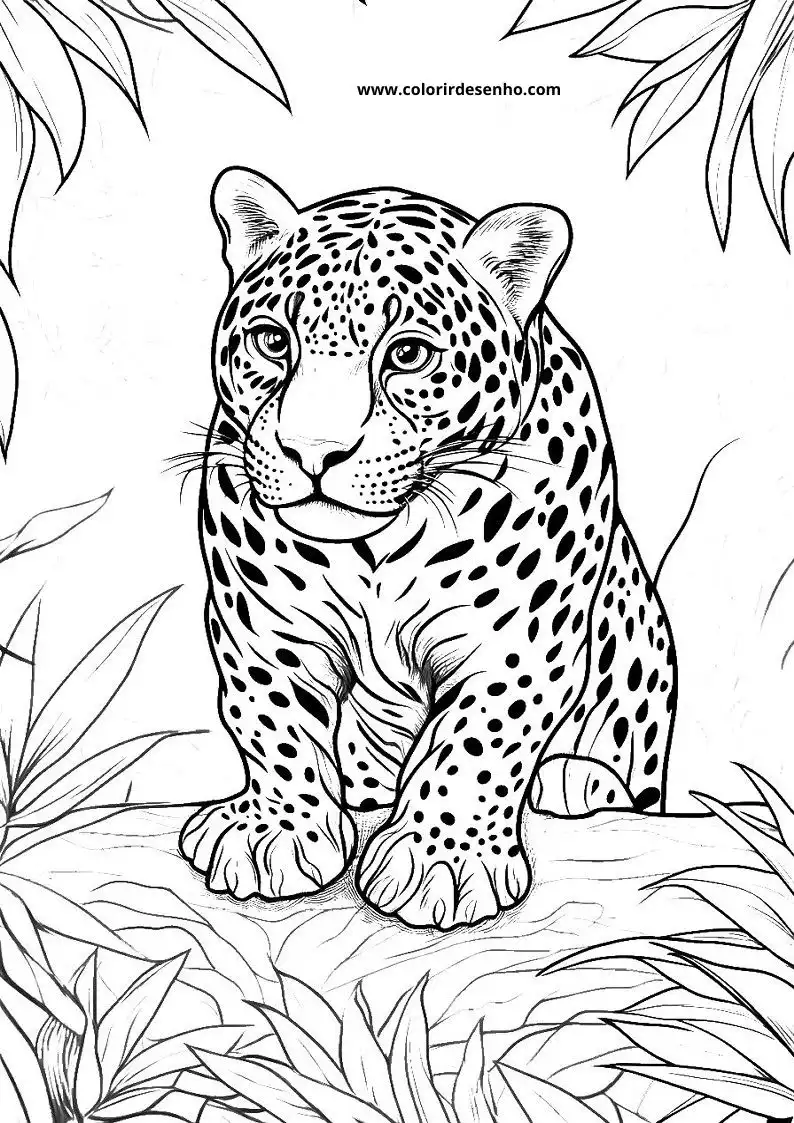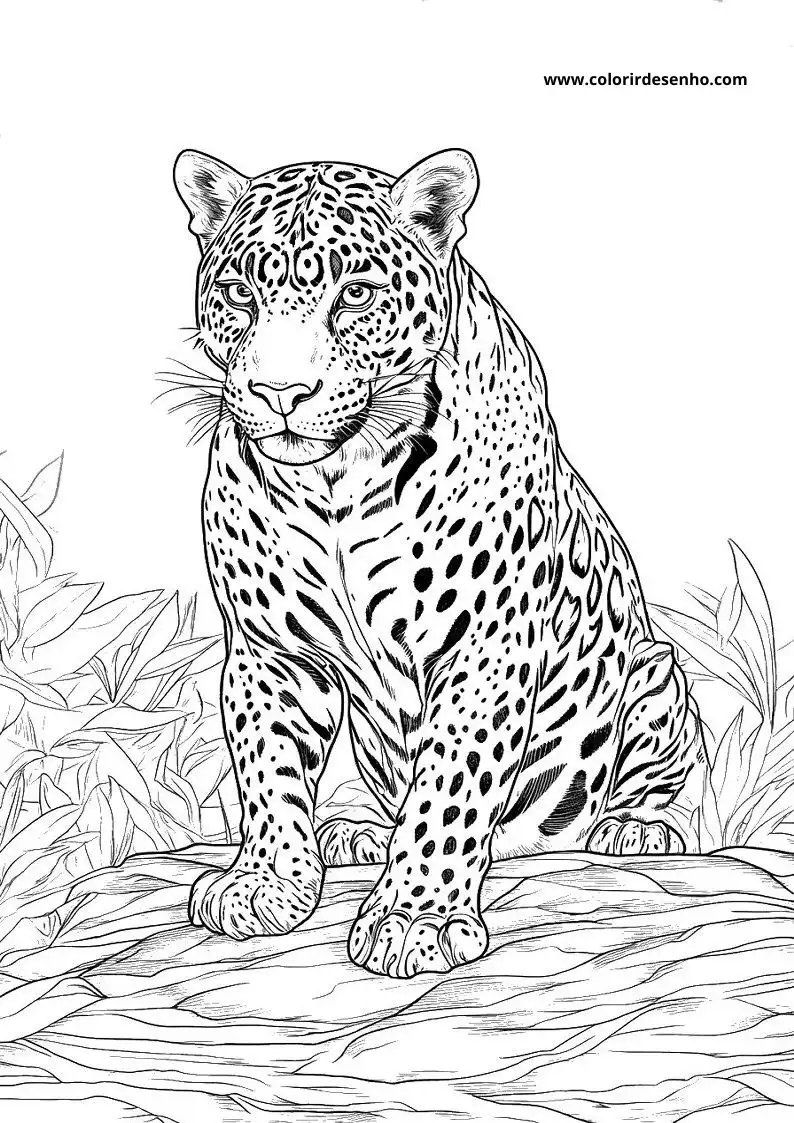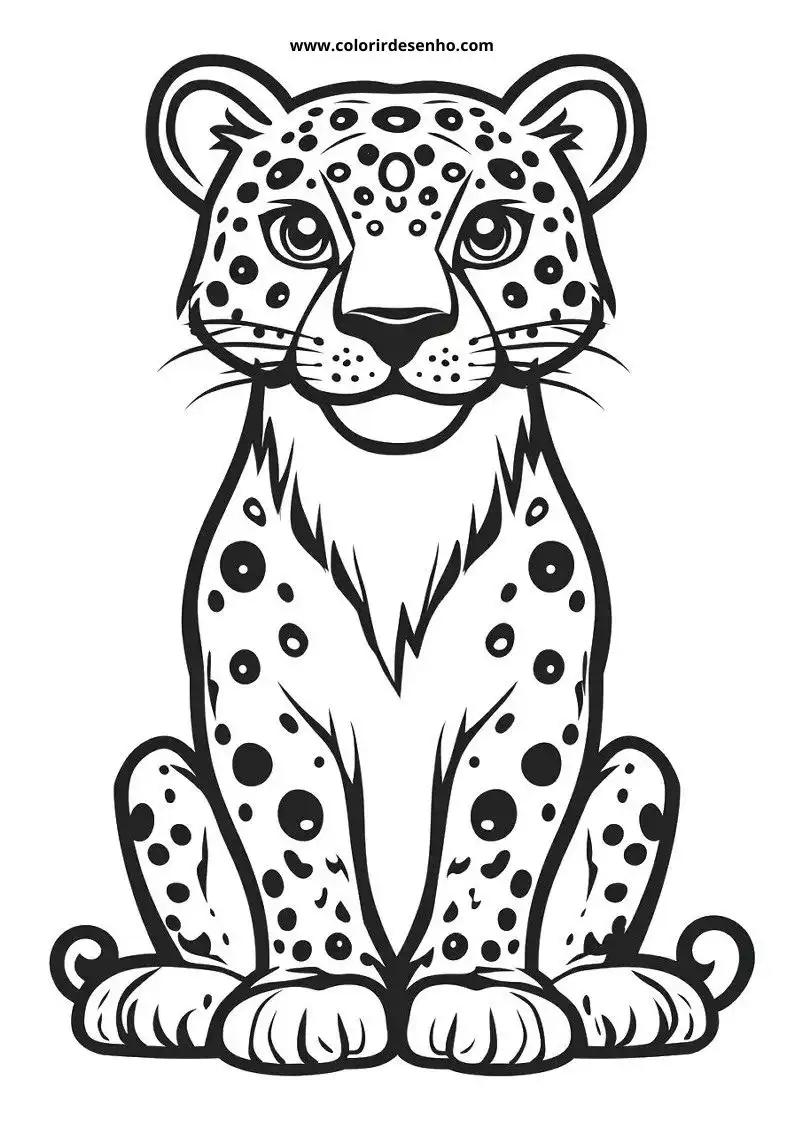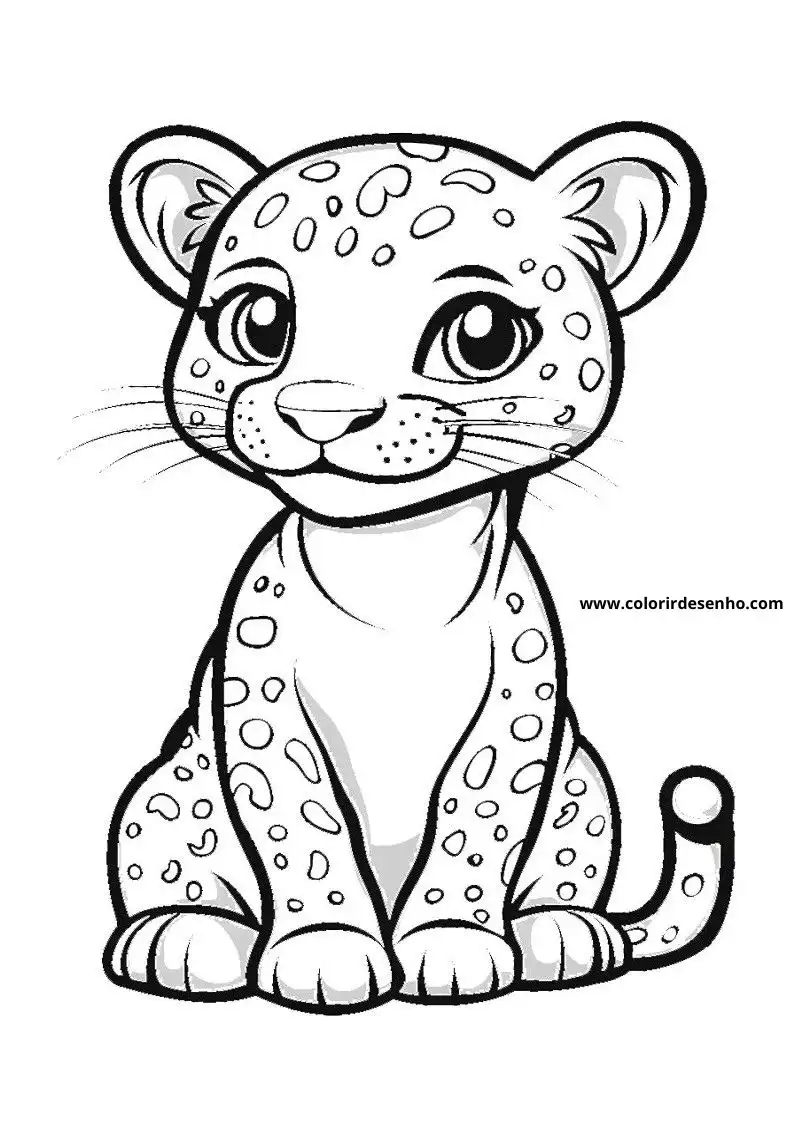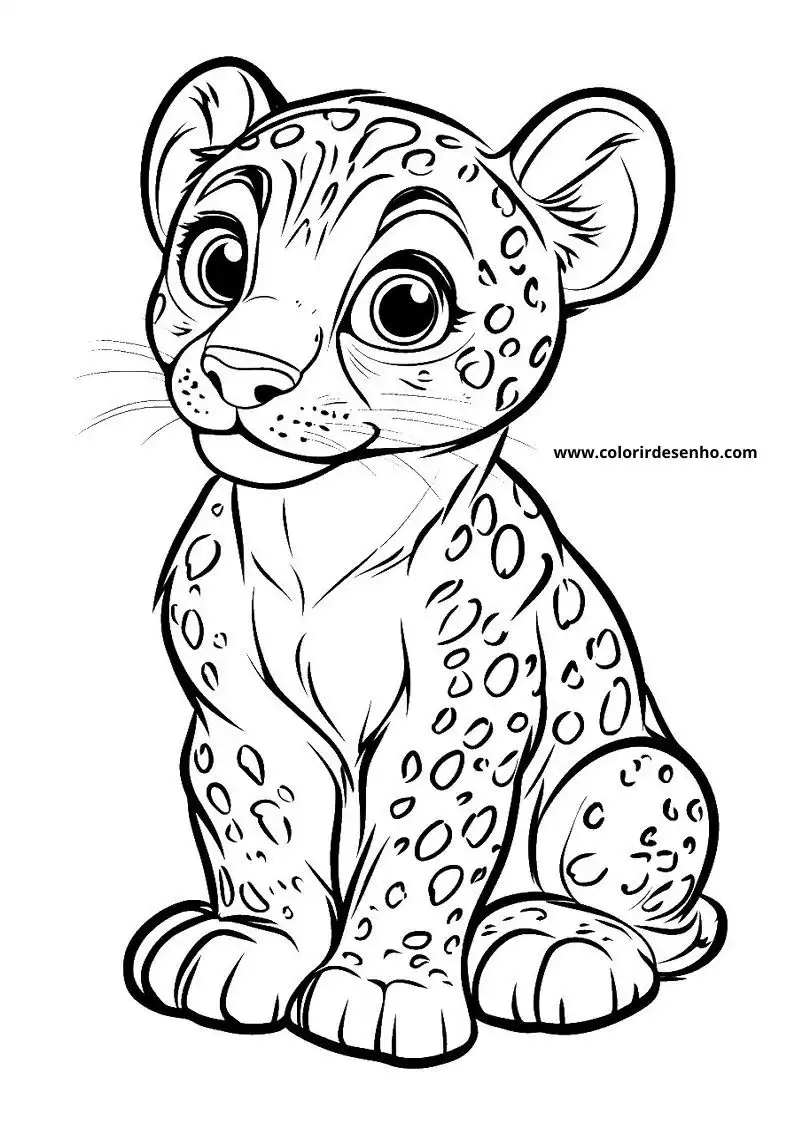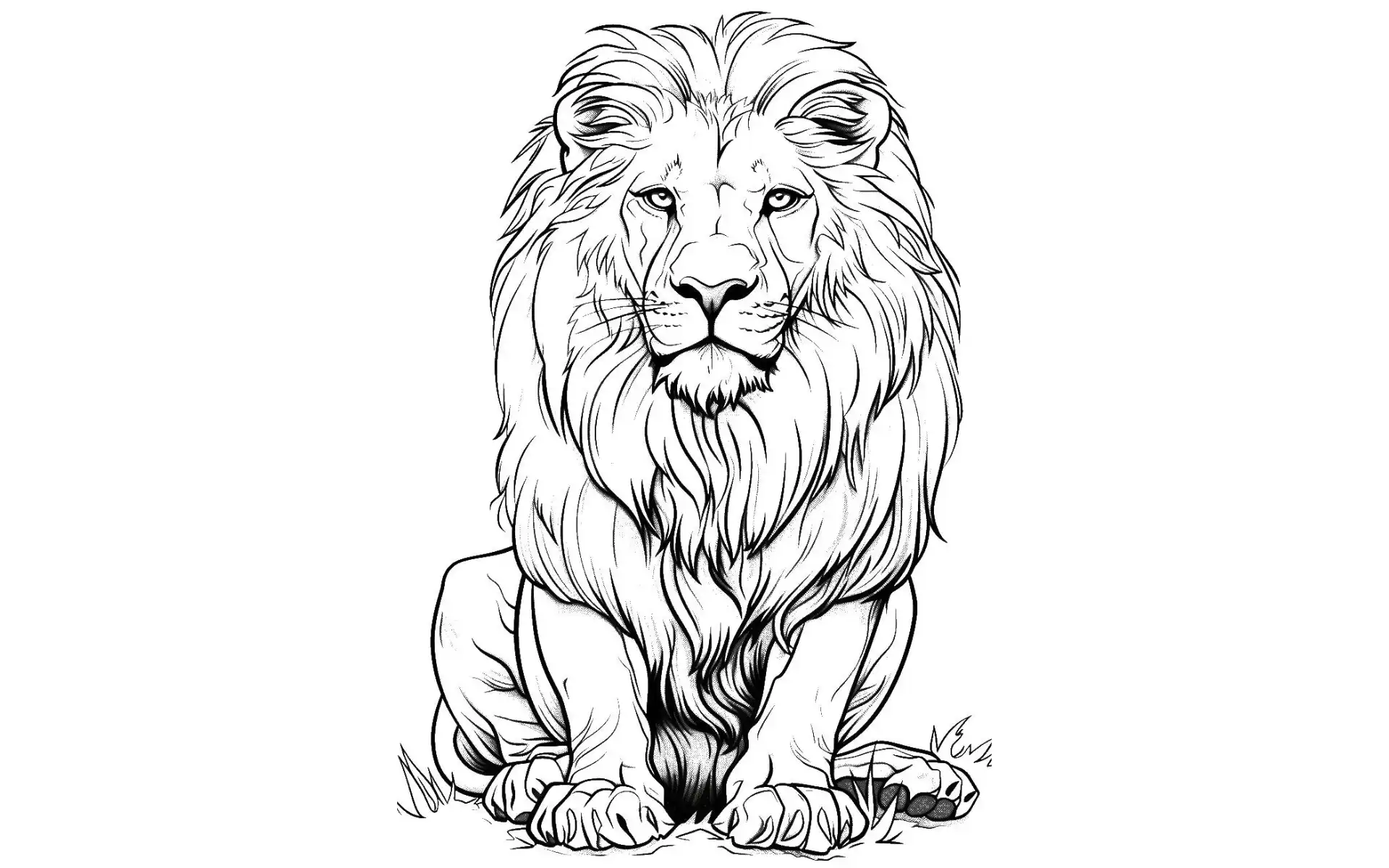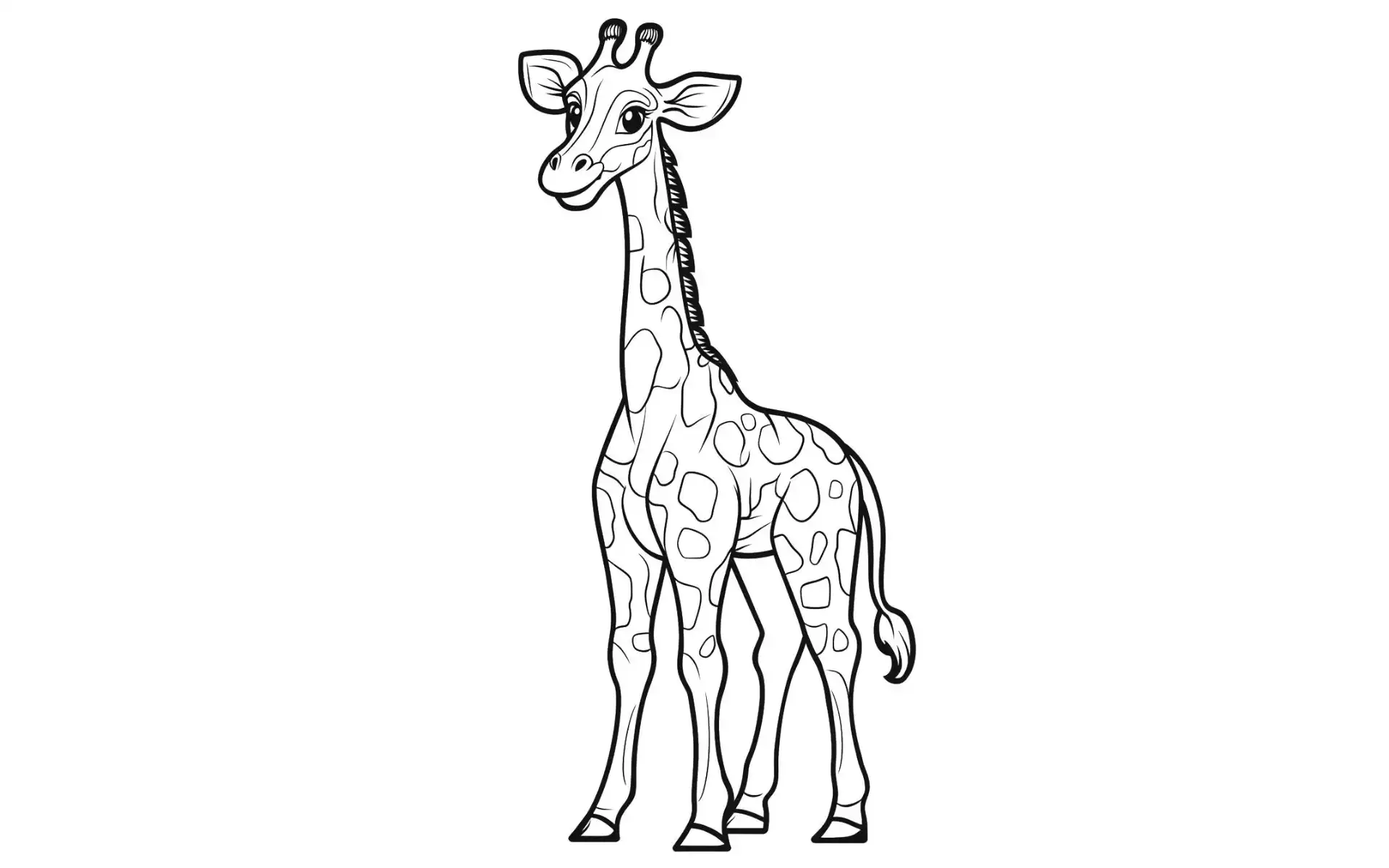Jaguar Coloring Pages - 234 Free PDF Printables
The jaguar is one of those animals that arouses respect and admiration with its watchful eyes, silent steps and wild beauty that impresses. With this in mind, I’ve put together a special collection of 234 jaguar coloring pages, ranging from realistic versions to creative children’s representations, perfect for all ages. It’s a fun and educational way to connect with nature, unleash your imagination and turn every little spot into a unique touch of color. Just choose, print and let the art roar on paper!
The jaguar is one of the most magnificent and powerful big cats native to the Americas. Known for its striking coat covered in rosettes unique patterns that help it blend seamlessly into the dense forests it is a true symbol of strength and agility. Unlike other big cats, jaguars are excellent swimmers and often hunt in rivers and lakes, preying on fish, turtles, and even caimans.
One fascinating fact about jaguars is their incredibly strong bite. Scientists have discovered that jaguars have the most powerful bite force of all big cats relative to their size. This allows them to pierce the skulls or shells of their prey with ease, a skill that makes them highly effective predators.
Jaguars play a crucial role in maintaining the balance of their ecosystem by controlling the populations of other animals. However, their numbers are declining due to habitat loss and poaching, making conservation efforts vital.
Coloring jaguar pages is not just a fun activity, but also an opportunity to appreciate these incredible creatures and learn about the importance of preserving wildlife. Each spot and line you color brings a little piece of the jungle’s mystery and beauty to life, encouraging respect and curiosity for nature’s wonders.
So, dive into this wild world with your colors, and let the jaguar’s majestic spirit roar through your creativity!


















